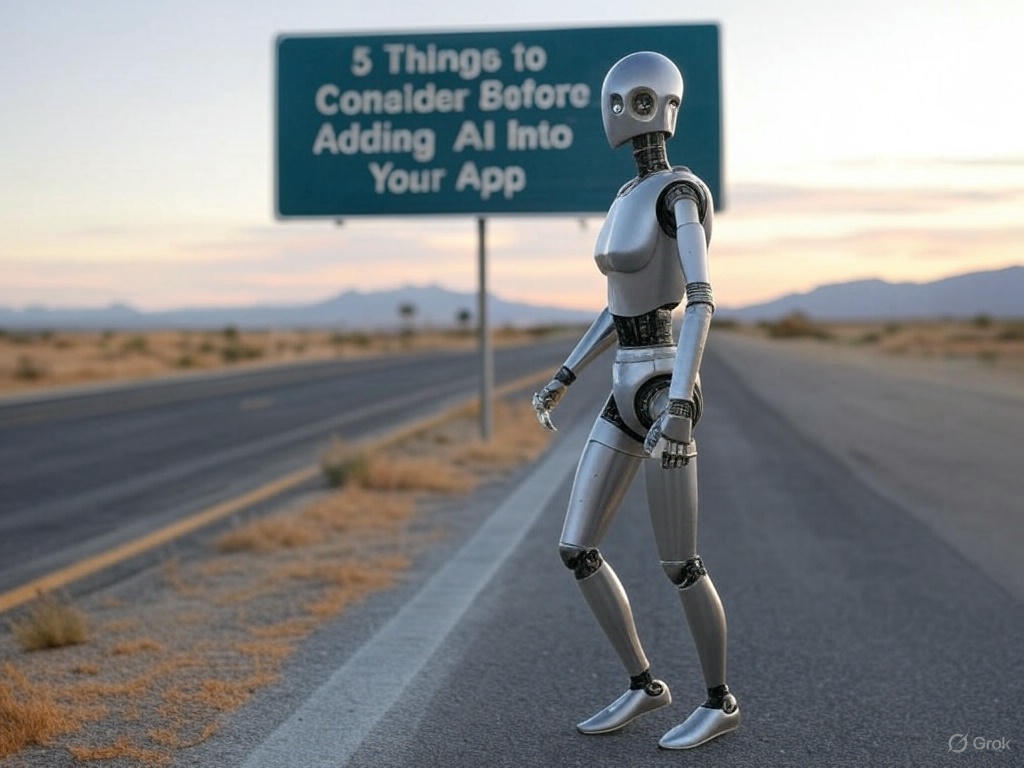Thursday, March 3, 2022
-
4
min
7 key topics to address before you begin app development
You’ve got your product vision honed to a razor edge and your build funding in the bank, and now it’s time to get cracking on your MVP. But before you get carried away with coding and interface design, you’ll want to make sure you’re not forgetting anything on the to-do list.
Trying to skip past any of these foundational steps can lead to plenty of pain down the road – as you find yourself spending extra resources rewriting code or solving problems that could have been headed off at the start.
Read: Enhancing Your Tamagui Apps: Media Queries and Animations.
1. Product backlog
The first thing you’ll need to get in place is a proper product backlog tool. This isn’t just a spreadsheet, it’s a way of separating out all the features that make up your development chain – and getting a clear view of them.
With a system like ClickUp – our favourite – you can prioritise and move items around, assign weightings to them based on how long they’ll take to implement, and generally build a clear roadmap for managing development.
It might not be the flashiest part of your mobile app journey. But a product backlog is an essential bridge between your vision for your app and the nuts and bolts of putting it together.
2. Wireframing
You’ve probably got a solid idea of what you want your app to do – if not, that’s a whole other problem. But what about how those features translate on screen, or how your users interact with them?
This isn’t something you want to figure out when you’re in the middle of building the app. Instead, you need to get some wireframes done first. These are simple, low-res images that lay out the basic interface, giving you a feel for how the functionality of the app will look without focusing too much on design details.
Read "5 Ways Effective Wireframing Can Save You Time And Effort".
3. Prototyping
Once you’ve got wireframe layouts of each screen, you’ll also want to string those together to make a prototype of the app. The goal of that prototype is to get an idea of the key user flows and find any potential crunch points early on, rather than spending crucial build resources rewriting code because you’ve hit a snag with your UX.
4. Technical specs
It’s impossible to build something if you don’t know the tools you’ll need. That’s what a tech spec document is for. It’s a system diagram of all the frontend and backend technologies your app will need – authentication and login, shopping basket, map libraries and so on – and how they’ll all interact together.
The tech specs are part shopping list, part risk assessment. What are the third-party costs for hosting and running your app going to look like? Can the tech you’ve chosen scale quickly if you ballooned to a million users overnight? The last thing you want is to be changing providers or rewriting code halfway through development, so it’s always better to go into detail before then.
5. Branding
Branding is about so much more than logos, colours and fonts. It’s the basis for the entire look and feel of your app – everything from the layout of pages, tone of voice, the way you interact with users and how they interact with your features.
If you don’t have a clear idea about branding before you start building, making those crucial product decisions is like taking a shot in the dark – and likely hitting your own foot.
6. Going to market
“Build it and they will come” might work for Kevin Costner and his baseball stadium, but it doesn’t cut it for mobile apps. People don’t browse app stores like a bookshop and download what looks interesting. You need to know how you’re actually going to market the app, and that means being clear on the users you want to attract, how to reach them, and what that looks like at each product stage.
We can offer some advice on this if you need it. For starters, we don’t want your app to go unused any more than you do. But it also makes the build so much easier if you’ve got a clear sense of your target personas, because every decision can be shaped by what your audience needs.
7. Funding
So you’ve got the technical side nailed down, your branding and marketing strategies are solid and the way ahead for the build stage looks clear enough to proceed. There’s still one more point to address though, and that's funding.
We don’t mean getting the funds for the initial build (although that’s obviously important too). What we mean is having a plan for funding after that. Your MVP isn’t likely to be a goldmine at launch, and you’ll struggle to scale or keep the app alive if you’re relying solely on that revenue. And it should go without saying that trying to cut corners early on isn’t the way to open up resources for development later.
If you’re serious about building an app, you need to make sure you’re well-funded and have a solid long-term plan in place.
There are a lot of ducks to get in a row before you start building an app, but you don’t have to do any of it alone. We’ve worked on enough startup apps in the past that we can help you identify the risk areas and work through them. If you want to chat about a consultation or discovery workshop to bring your app a step closer to reality, don’t hesitate to get in touch.













